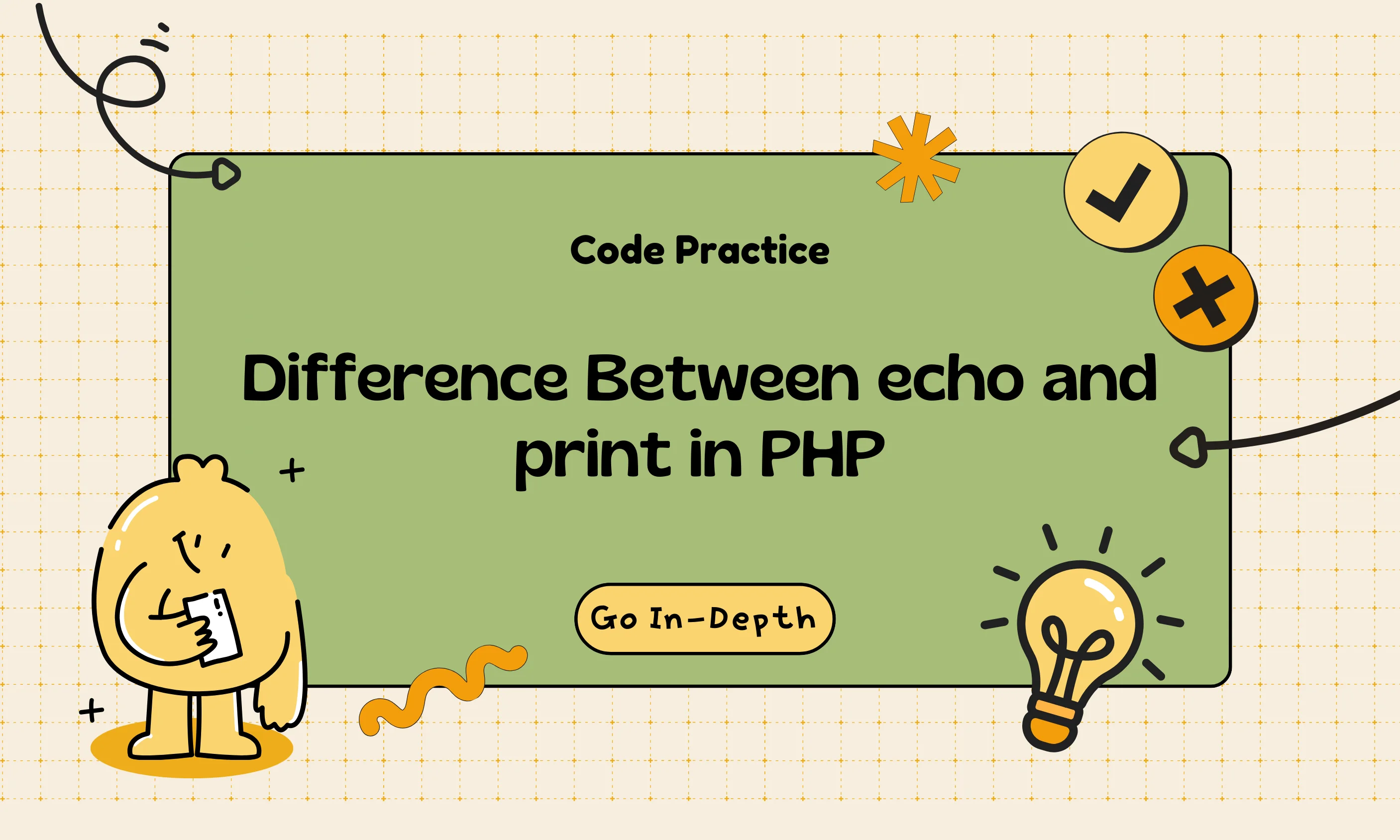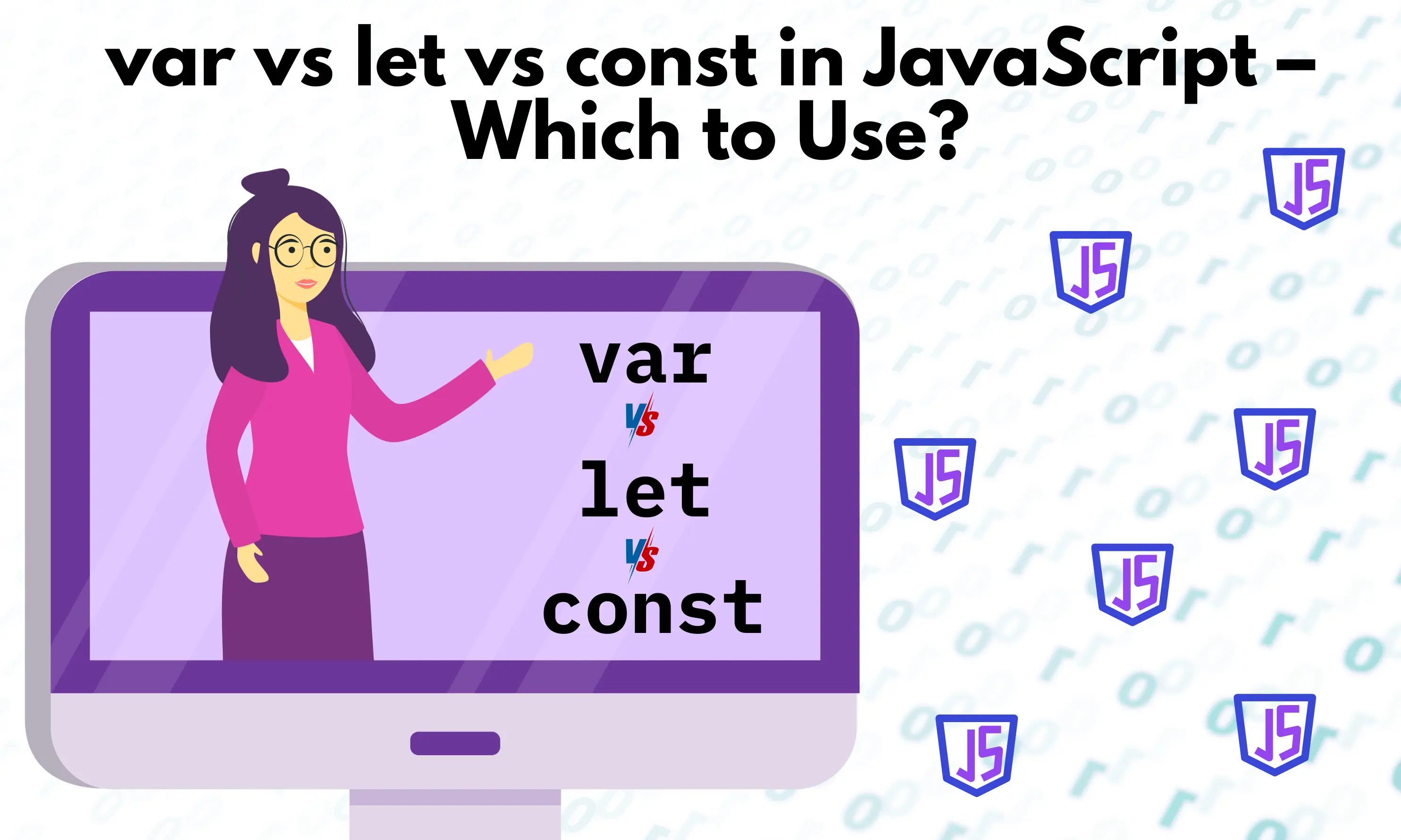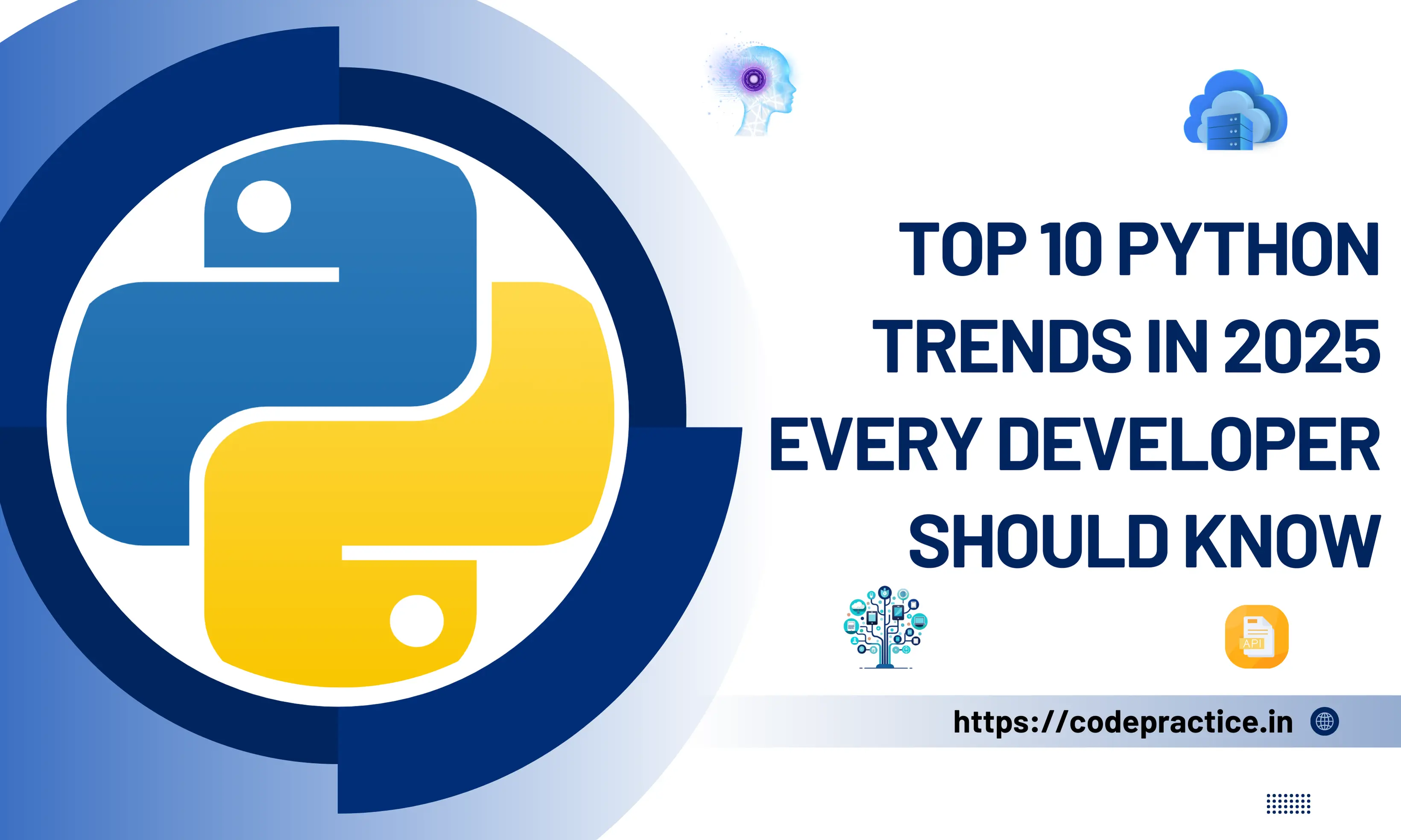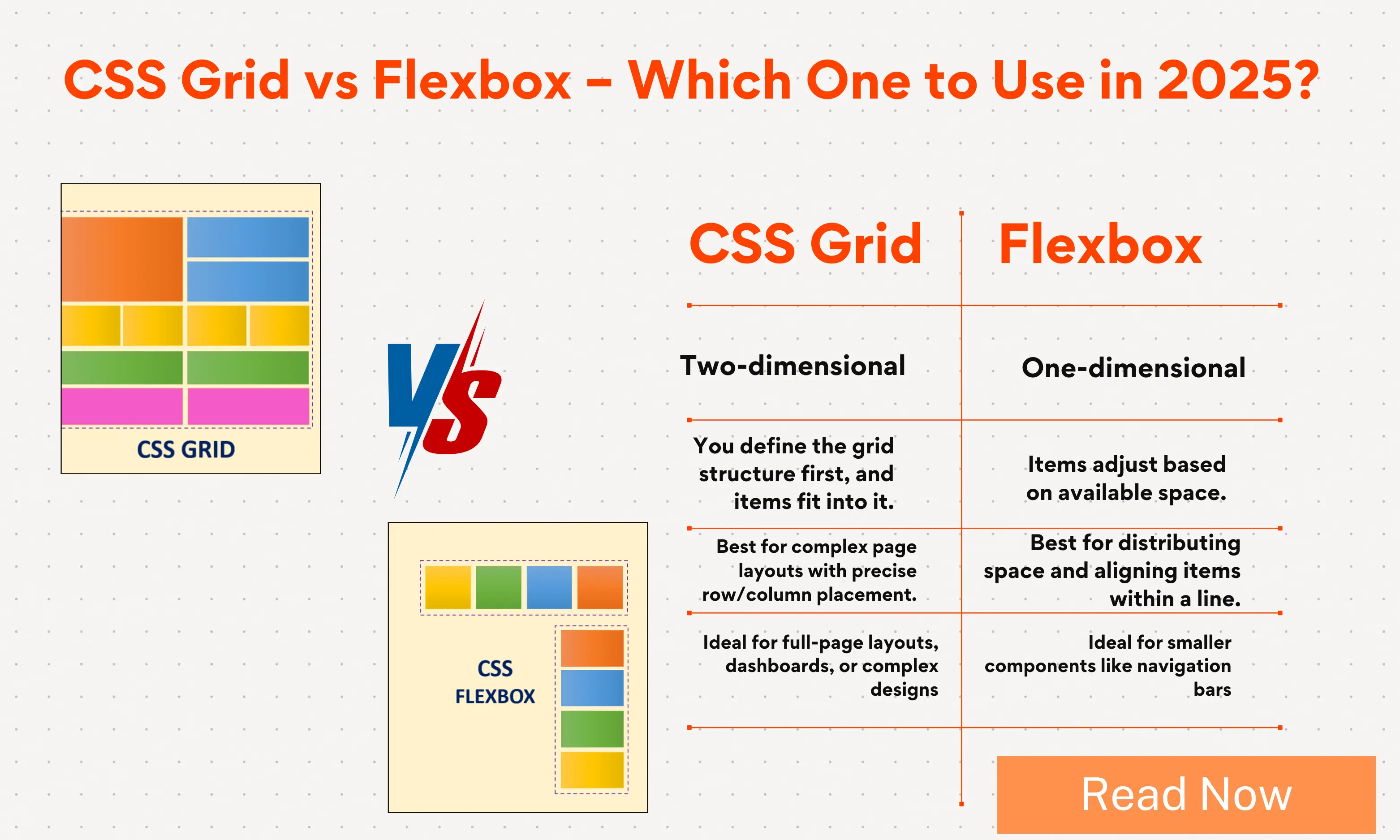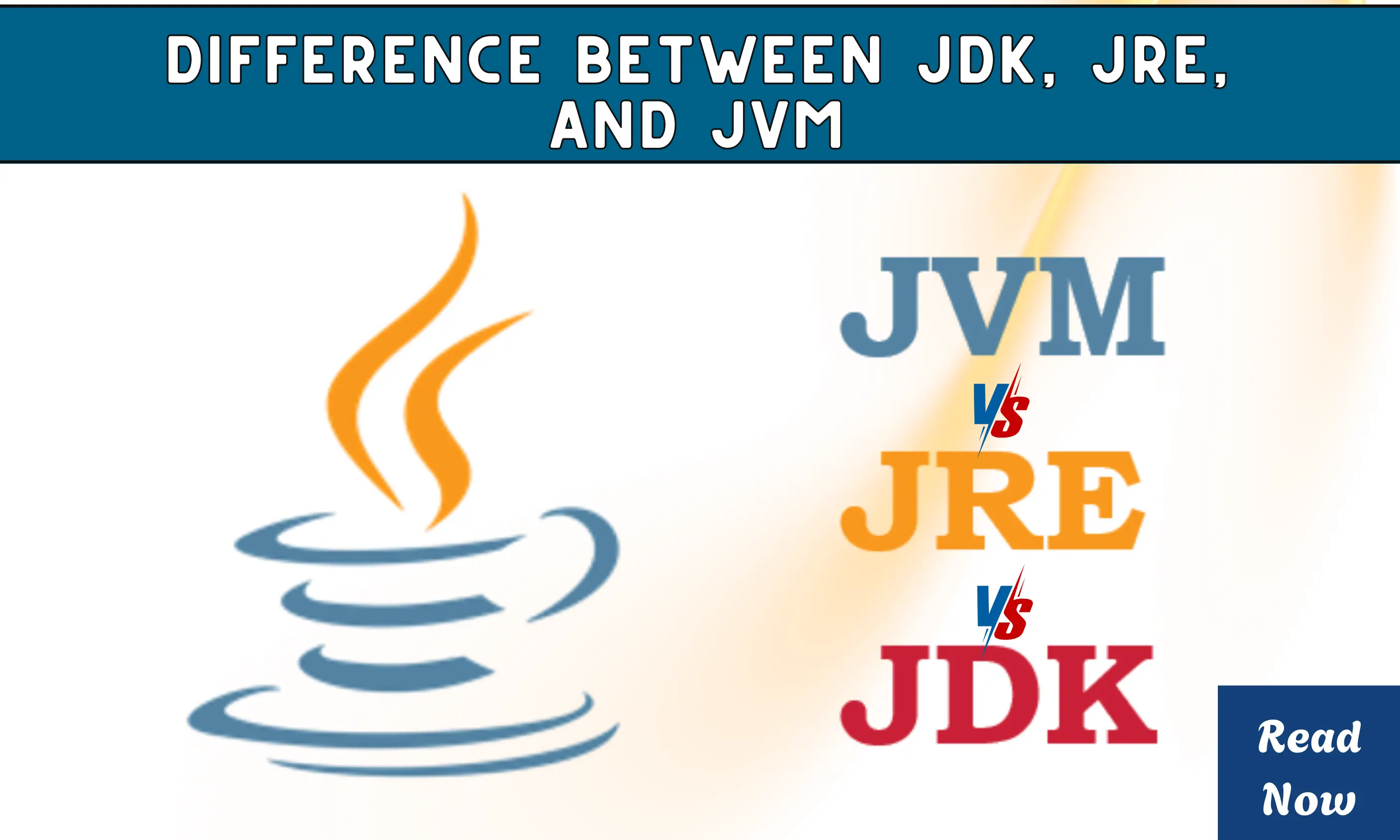-
Hajipur, Bihar, 844101
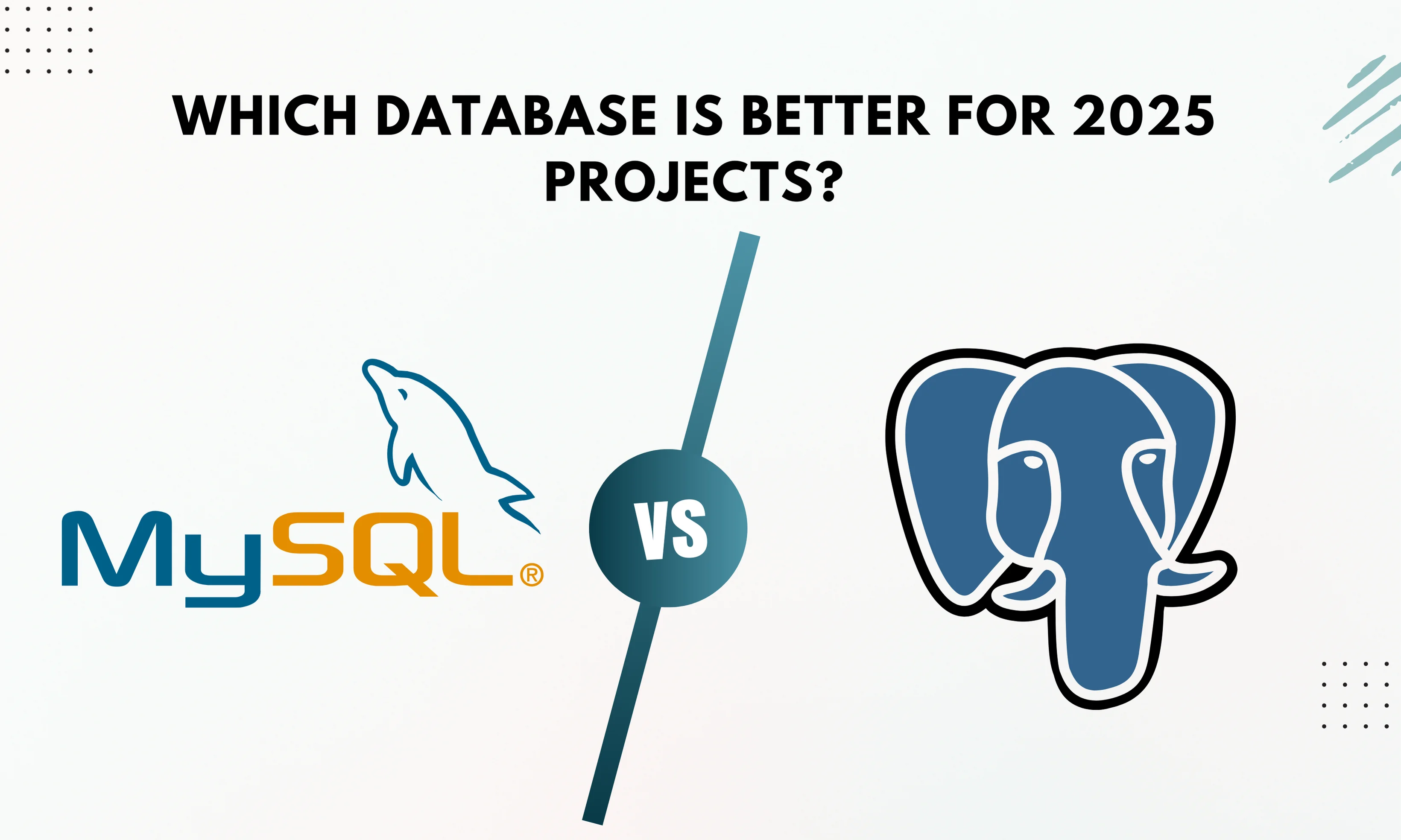
MySQL vs PostgreSQL in 2025: Performance, Features
When you’re starting a new project in 2025, one of the first big technical decisions is choosing the right database. For most developers, the decision often comes down to two giants: MySQL and PostgreSQL.
Both are among the most popular open-source relational database management systems (RDBMS). They’ve been around for decades, powering everything from small blogs to enterprise-level applications.
👉 Which one should you use for your next project?
The answer depends on multiple factors like project size, scalability, performance, data complexity, ecosystem, and future-proofing. Let’s take a deep dive into MySQL vs PostgreSQL, compare their strengths and weaknesses, and help you decide which database fits your project’s needs.
What is MySQL?
MySQL is one of the world’s most popular open-source relational database management systems (RDBMS). Launched in 1995, it became famous for being fast, reliable, and easy to use.
Key highlights:
-
Owned by Oracle Corporation.
-
Known for simplicity and speed.
-
Used widely in web applications (WordPress, Drupal, Joomla).
-
Often paired with PHP, Apache, and Linux (LAMP stack).
Think of MySQL as the go-to database for straightforward projects where you don’t need highly complex queries or advanced data processing. It’s a favorite for startups, small businesses, and SaaS apps.
What is PostgreSQL?
PostgreSQL (commonly called Postgres) is also an open-source RDBMS but with a different philosophy. It was first released in 1996, and over the years, it has earned a reputation as the most advanced open-source database.
Key highlights:
-
Known as “The world’s most advanced open-source database.”
-
Strong focus on standards compliance and extensibility.
-
Great for handling complex queries, big data, and analytics.
-
Supports ACID compliance out of the box.
-
Heavily used in enterprise-grade systems, financial apps, and data-heavy platforms.
If MySQL is the fast and friendly database, PostgreSQL is the powerhouse that gives you flexibility and scalability for modern, data-driven applications.
Why Compare MySQL vs PostgreSQL in 2025?
You might be wondering — why is this debate still relevant in 2025?
Well, here’s why:
-
Technology is evolving: With AI, real-time analytics, and IoT, modern apps need stronger databases.
-
Data volumes are exploding: Handling structured + semi-structured data is crucial.
-
Cloud-native apps are rising: More companies are moving toward AWS, Azure, GCP.
-
Future-proofing matters: The database you choose today will define how well your app performs in 2025 and beyond.
So, choosing between MySQL and PostgreSQL is no longer just about “speed vs complexity.” It’s about which database aligns better with your project’s future needs.
MySQL vs PostgreSQL: Feature Comparison
MySQL vs PostgreSQL Performance in 2025
MySQL Performance
-
Strengths:
-
Very fast for read-heavy workloads (blogs, CMS, eCommerce).
-
Easy to optimize with caching (Redis, Memcached).
-
Works well with horizontal scaling (sharding, replication).
-
-
Limitations:
-
Struggles with complex queries and large datasets.
-
JSON support exists but isn’t as powerful.
-
PostgreSQL Performance
-
Strengths:
-
Handles complex queries, joins, and analytics like a champ.
-
Optimized for data integrity and ACID compliance.
-
Supports parallel queries for big data.
-
-
Limitations:
-
Slower for simple, read-heavy apps compared to MySQL.
-
Requires more tuning for beginners.
-
👉 Conclusion: If your project is read-heavy (blogs, small SaaS), go with MySQL. If it’s data-heavy (AI, analytics, fintech), go with PostgreSQL.
SQL Standards and Data Types: PostgreSQL vs MySQL
PostgreSQL strengths:
-
JSONB with powerful indexing and operators (
->,->>,@>, etc.). If you truly live in JSON, Postgres makes it feel first-class. -
Array, hstore, UUID, ranges (e.g.,
daterange), domain types, custom types—so you model data correctly instead of cramming everything intovarchar. -
Window functions, lateral joins, recursive CTEs, and richer SQL syntax.
-
PostGIS for geospatial—industry-grade mapping, distances, polygons, projections.
MySQL strengths:
-
JSON as a data type with functional operators (less feature-rich than Postgres JSONB, but solid for many use cases).
-
Generated columns and functional indexes for common patterns.
-
Common OLTP features and a simpler “on-ramp” to SQL for beginners.
Standards compliance: PostgreSQL is closer to the SQL standard and often becomes the go-to for teams that care about portability and correctness in gnarly queries.
Indexing and Query Optimization: PostgreSQL vs MySQL
-
PostgreSQL offers B-tree, Hash, GIN, GiST, BRIN indexes, plus partial and expression indexes. This is a huge deal when you want to index only hot subsets of data (e.g., “active = true and created_at > NOW() − interval '30 days'”).
-
MySQL primarily leans on B-tree with functional and partial indexing patterns available via generated columns. It’s simpler, which is great for straightforward workloads—but you’ll miss GIN/GiST flexibility for complex JSON or text search.
Practical tip:
If you foresee lots of “search inside JSON” or “index only recent active stuff,” PostgreSQL saves you time and odd workarounds.
Replication and Scalability: MySQL vs PostgreSQL
MySQL:
-
Historically known for easy asynchronous replication (primary → many replicas). Simple to set up and very common.
-
Semi-sync and group replication exist; MySQL InnoDB Cluster gives you a managed HA story.
-
Tools/hosts: everyone supports MySQL (shared hosts, VPS providers, serverless options, etc.). Spinning up read replicas is a familiar operation.
PostgreSQL:
-
Streaming replication (sync or async), logical replication for selective data movement, partitioning, and robust failover tooling (Patroni, pg_auto_failover).
-
Extensions like Citus (sharding/scale-out) provide distributed SQL on Postgres, great for multi-tenant SaaS or very large datasets.
-
Managed Postgres on major clouds (RDS, Cloud SQL, Azure) is excellent and has matured a lot.
Decision point:
If your pattern is “1 primary + N replicas, auto-failover, done,” either works. If you want logical replication, online upgrades, table-level subscriptions, or distributed SQL later, PostgreSQL’s ecosystem feels more flexible.
JSON Support: PostgreSQL JSONB vs MySQL JSON
Both support JSON. The daily difference is in ergonomics and indexing.
-
In PostgreSQL, storing a document in
JSONB, indexing keys with a GIN index, and querying with@>or?is smooth and fast. You’ll often write fewer lines of awkward SQL to get what you want. -
In MySQL, JSON works and is production-worthy. For sophisticated queries, you’re more likely to lean on generated columns (extract a JSON value into a virtual column) and then index that column. It works—just more plumbing.
If you’re shipping a product where half the database is flexible JSON documents, PostgreSQL usually makes your life easier.
Extensibility and Ecosystem: PostgreSQL vs MySQL
This is one area where PostgreSQL clearly wins.
-
MySQL Ecosystem
-
Works great with LAMP stack.
-
Used by giants like Facebook, YouTube, Twitter (initially).
-
Limited advanced plugins.
-
-
PostgreSQL Ecosystem
-
Extensible with PostGIS (geospatial data), TimescaleDB (time-series data), Citus (horizontal scaling).
-
Used by Apple, Instagram, Spotify, Reddit.
-
Perfect for AI/ML and Big Data apps.
-
👉 Conclusion: If you need a rich ecosystem for advanced apps, PostgreSQL is future-proof.
Learning Curve: Which is Easier in 2025?
-
MySQL: Easier for beginners. Simple syntax, lots of tutorials, huge community.
-
PostgreSQL: Steeper learning curve, but worth it if you’re aiming for enterprise-level expertise.
If you’re a startup founder or beginner developer, MySQL feels like a smooth ride. But if you’re aiming for enterprise, AI, or big data projects, PostgreSQL skills will pay off big time.
Use Cases: Where MySQL Wins in 2025
-
CMS platforms (WordPress, Joomla, Drupal).
-
SaaS startups with lightweight apps.
-
E-commerce websites.
-
Projects where speed > complexity.
Use Cases: Where PostgreSQL Wins in 2025
-
Enterprise apps needing high reliability.
-
FinTech, healthcare, government projects.
-
Applications with big data analytics.
-
AI, machine learning, and IoT.
-
Systems requiring geospatial or time-series data.
Future Outlook: MySQL vs PostgreSQL in 2025
-
MySQL will remain the king of simple, web-based apps. It’s fast, stable, and supported everywhere.
-
PostgreSQL will dominate in modern, data-driven, AI-powered applications. Its flexibility and extensions make it future-proof.
In short:
-
Startups → MySQL
-
Enterprises & Data-Intensive Apps → PostgreSQL
Final Conclusion: MySQL vs PostgreSQL – Which One Should You Choose in 2025?
If you’re still asking, “Which database should I choose in 2025?” here’s the TL;DR:
-
Choose MySQL if your project is:
-
Lightweight, web-based, or startup-oriented.
-
Focused on fast development with limited complexity.
-
Budget-conscious and you need something easy to manage.
-
-
Choose PostgreSQL if your project is:
-
Enterprise-grade, analytics-heavy, or future-focused.
-
Requires handling complex queries, big data, or AI workflows.
-
Aiming for long-term scalability and reliability.
-
👉 My recommendation for 2025:
-
Go with PostgreSQL if you want to future-proof your project.
-
Go with MySQL if you want speed and simplicity without overengineering.
Frequently Asked Questions (FAQs)
Q1: Is PostgreSQL better than MySQL in 2025?
It depends. PostgreSQL is better for analytics-heavy, AI-driven, or enterprise apps. MySQL is better for websites, eCommerce, and lightweight apps.
Q2: Which database is faster—MySQL or PostgreSQL?
MySQL is faster for simple reads, while PostgreSQL is better for complex queries and concurrent writes.
Q3: Should I learn MySQL or PostgreSQL in 2025?
Learn MySQL first if you’re a beginner, but PostgreSQL will give you a competitive edge for modern projects.
Q4: Which database is more secure in 2025?
PostgreSQL offers more advanced security options like row-level security and better compliance features.
Q5: Should startups in 2025 pick PostgreSQL or MySQL?
Startups with web-focused MVPs can start with MySQL. Startups targeting AI, fintech, or big data apps should go for PostgreSQL.
Related Tags:
MySQL vs PostgreSQL 2025
MySQL vs PostgreSQL performance
PostgreSQL vs MySQL comparison
PostgreSQL vs MySQL features
MySQL vs PostgreSQL scalability
PostgreSQL vs MySQL replication
PostgreSQL JSONB vs MySQL JSON
MySQL vs PostgreSQL for SaaS
PostgreSQL vs MySQL for ecommerce
MySQL vs PostgreSQL for beginners
PostgreSQL vs MySQL indexing
PostgreSQL vs MySQL full-text search
PostgreSQL vs MySQL geospatial
MySQL vs PostgreSQL pros and cons
Best database for 2025 projects
Hi, I’m Bikki Singh, a website developer and coding language trainer. I’ve been working on web projects and teaching programming for the past few years, and through CodePractice.in I share what I’ve learned. My focus is on making coding simple and practical, whether it’s web development, Python, PHP, MySQL, C, C++, Java, or front-end basics like HTML, CSS, and JavaScript. I enjoy breaking down complex topics into easy steps so learners can actually apply them in real projects.
Related Blogs
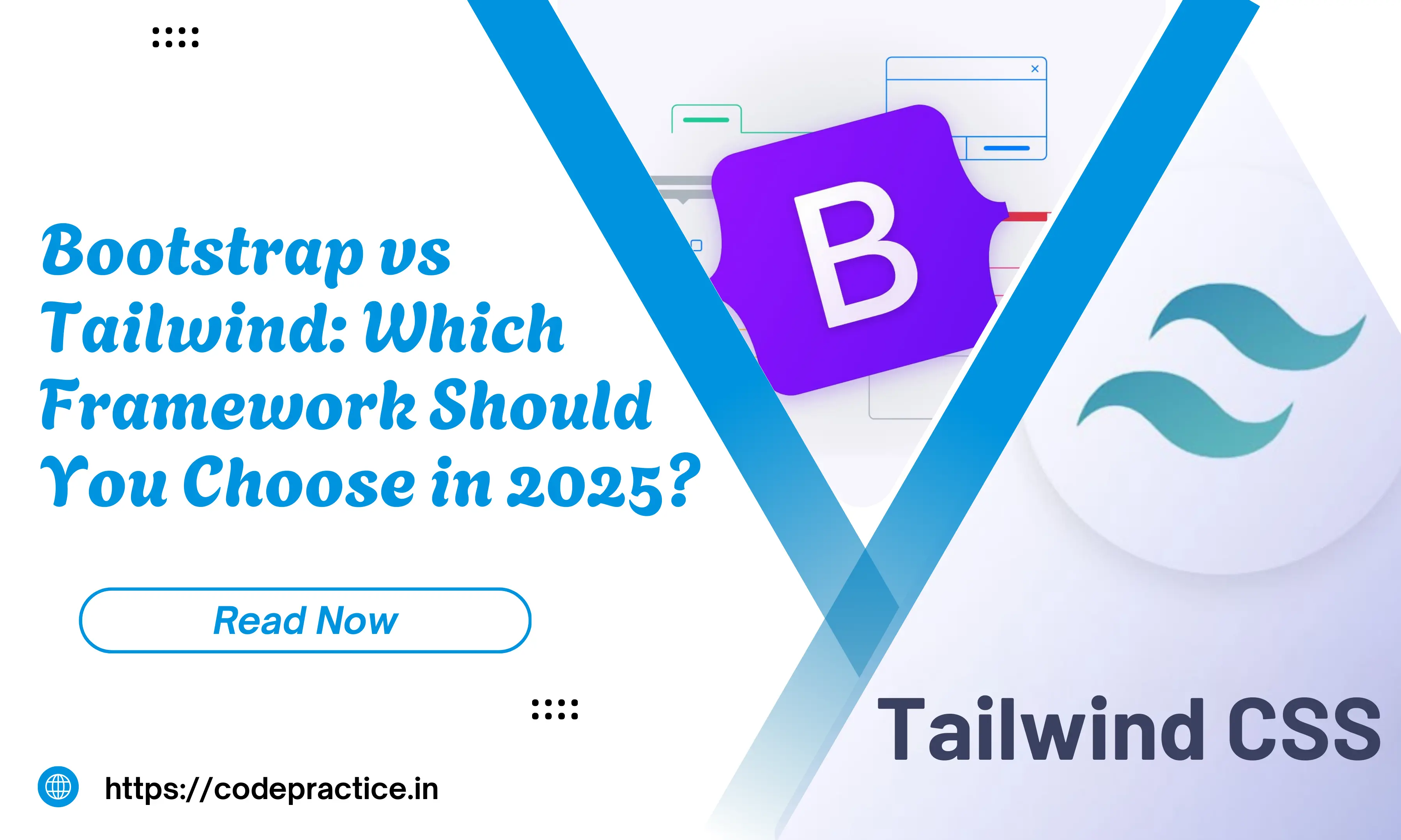
15 September 2025
Bootstrap vs Tailwind in 2025: Which CSS Framework Should Developers Choose?
Bootstrap vs Tailwind in 2025: Compare coding examples, pros and cons, performance, and real-world use cases to pick the best CSS framework for your project.
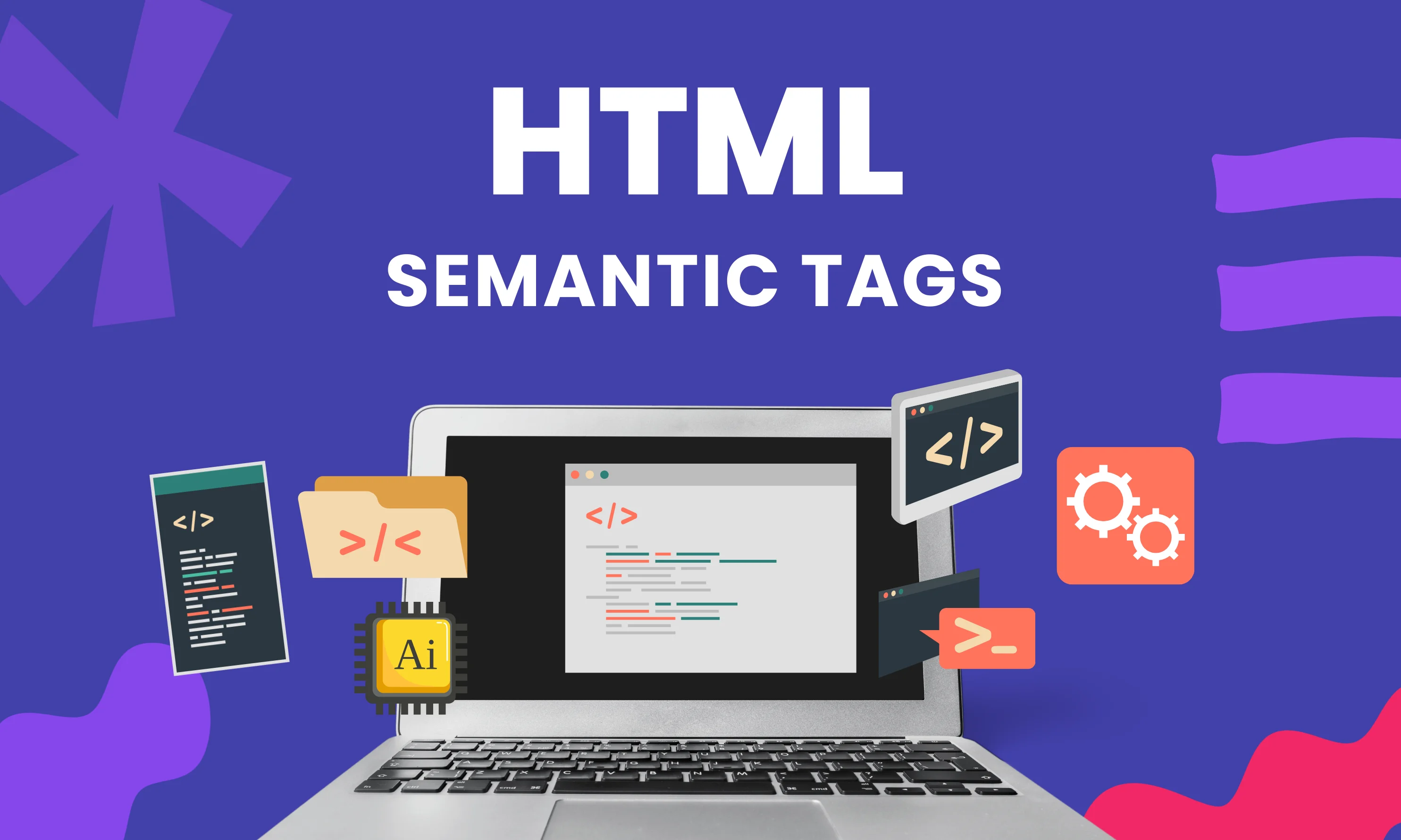
19 August 2025
HTML Semantic Tags Explained with Examples (Beginner Guide)
Learn HTML semantic tags with examples. Boost SEO, accessibility, and code clarity with this beginner-friendly guide to HTML5 semantic elements.
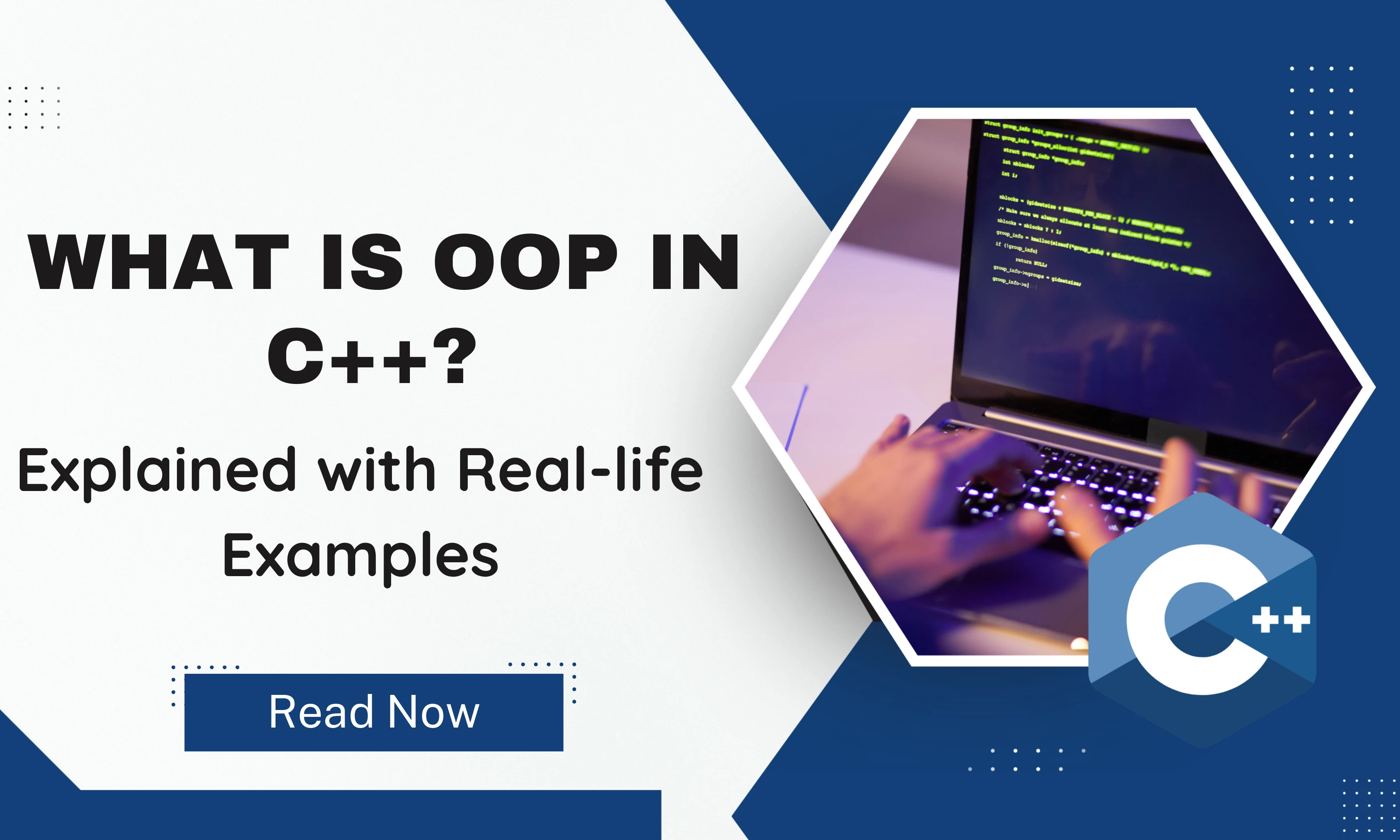
11 September 2025
What is OOP in C++? Explained with Real-life Examples
Learn what OOP in C++ is through clear real-life examples. Understand classes, inheritance, encapsulation & more. Start coding smarter today!
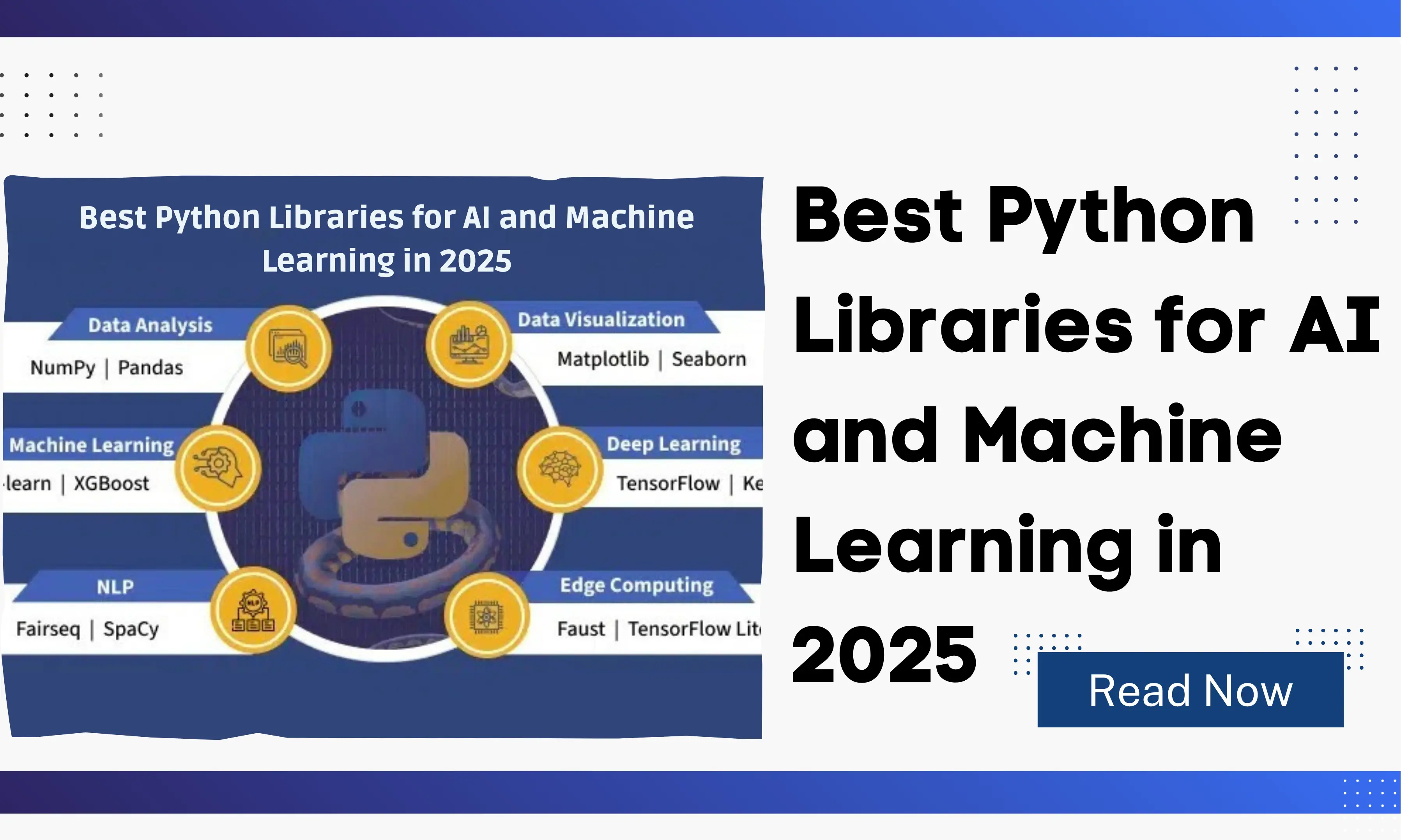
30 September 2025
Best Python Libraries for AI and Machine Learning in 2025
Explore the top Python libraries for AI and machine learning in 2025. Learn their features, use cases, and why they matter for beginners and experts.
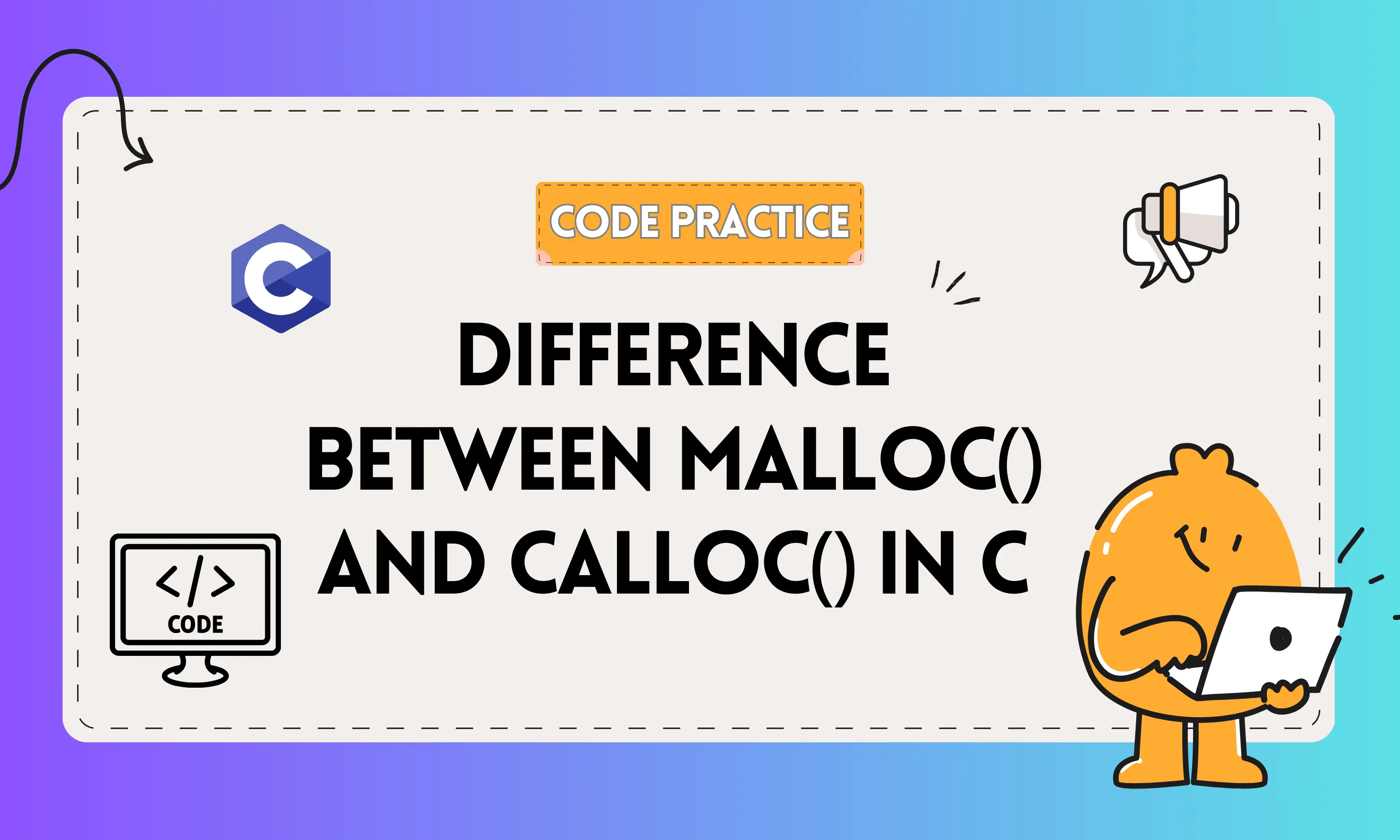
25 August 2025
Difference Between malloc() and calloc() in C Programming
Learn the key differences between malloc() and calloc() in C programming with real-world examples, memory allocation concepts, and performance insights.
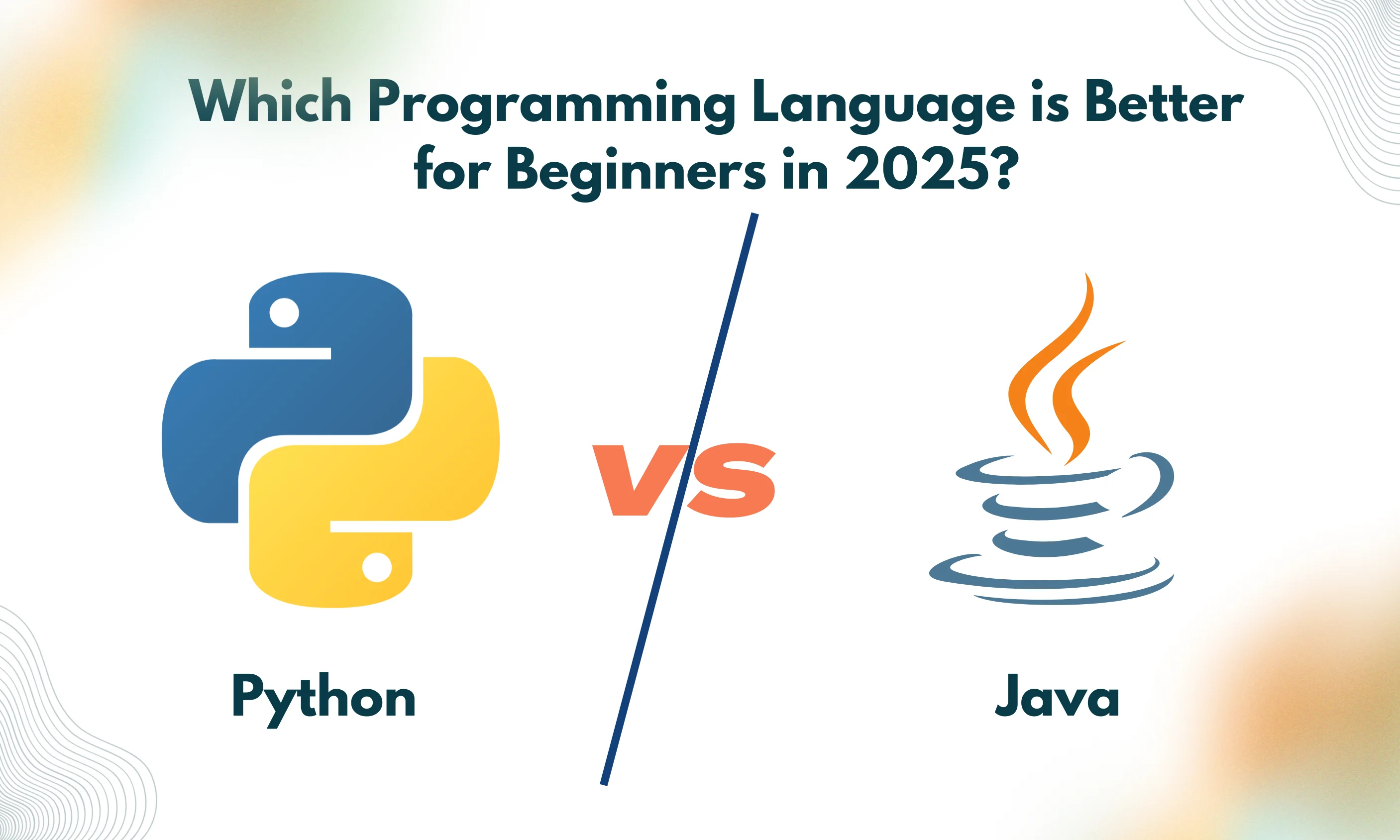
18 August 2025
Python vs Java: Which is Better for Beginners in 2025?
Python vs Java in 2025 — which should beginners choose? Compare ease of learning, jobs, salaries, and future scope in this complete beginner’s guide.

